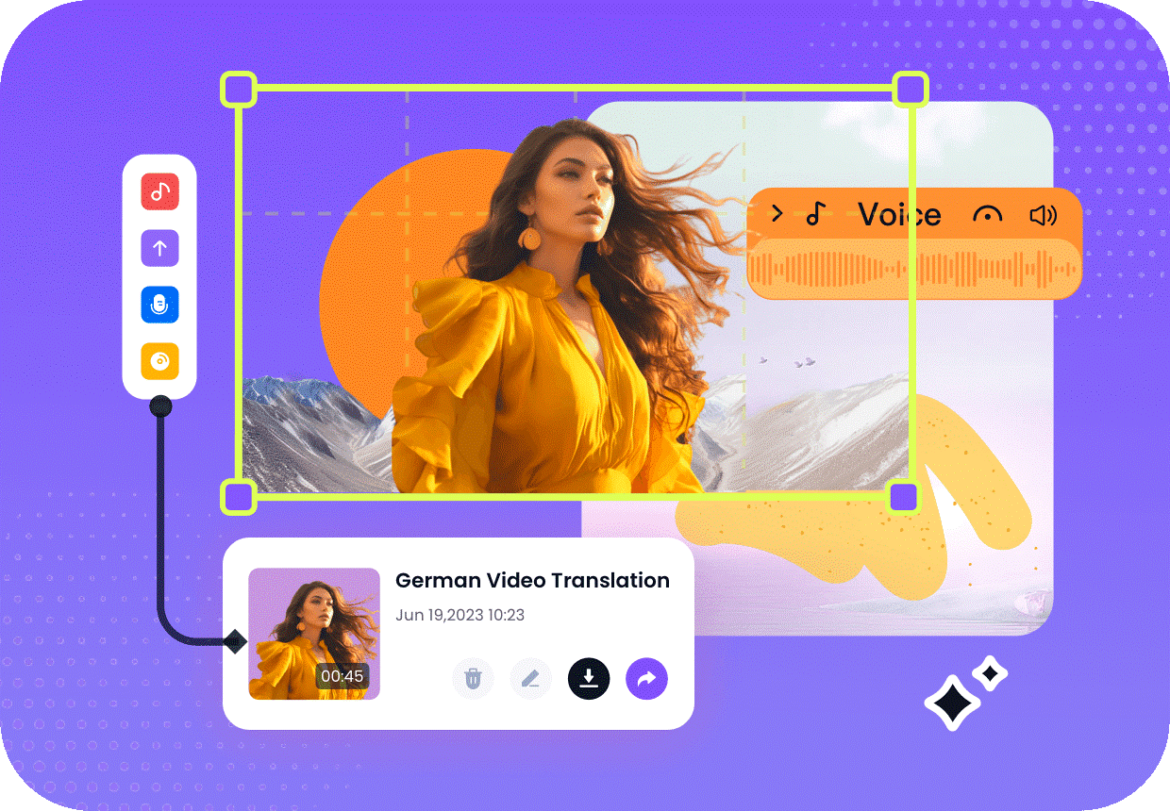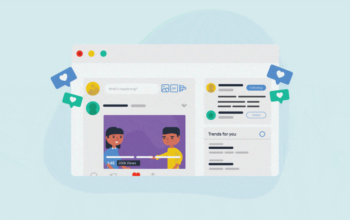
In today’s globalized world, video content has become a powerful tool for businesses and creators to engage audiences. However, language barriers can hinder a video’s reach and engagement. Translating video content can help overcome these barriers and make your message more accessible to a wider audience. This blog explores strategies to improve engagement through translated video content, ensuring your message resonates across different cultures and languages.
Understanding the Importance of Translated Video Content
Video content is a popular medium for delivering messages because it combines visual and auditory elements. When translated, these videos can reach audiences beyond your native language speakers, opening up new opportunities. Offering translated versions shows that you care about inclusivity and accessibility, which can improve brand perception and audience trust. Moreover, it helps tap into international markets, expanding your global reach and engagement.
Choosing the Right Languages for Translation
The first step to improving engagement with translated video content is to identify which languages are most relevant to your audience. This requires a deep understanding of your target markets and the languages they speak. Focus on translating your content into languages that cover the largest portion of your viewership. For example, if you have a significant audience from Spanish-speaking countries, translating your videos into Spanish can significantly improve engagement.
Maintaining Accuracy in Translations
Accuracy in translation is crucial for preserving the original message of your video content. Poor translations can confuse your audience and diminish trust in your brand. Using professional translators or AI-powered translation tools can ensure that your message is delivered clearly in the target language. This is especially important for technical or instructional videos, where the wrong translation can lead to misunderstandings and disengagement from viewers.
Localizing Video Content Beyond Language
Translation isn’t just about converting words from one language to another. Using a free video translator can make the process more accessible, but localization goes beyond mere word-for-word translation. It’s about adapting your content to fit the cultural nuances and preferences of your target audience. This might involve changing idioms, references, or even the tone of the content to suit different cultural contexts. Localization ensures that the translated video resonates with the local audience, helping to create a deeper connection and boost engagement.
Using Subtitles to Increase Accessibility
One effective way to translate video content without fully re-recording it in another language is by using subtitles. Subtitles allow you to maintain the original audio while providing a translation that viewers can read. This is particularly useful for audiences who may understand the spoken language but prefer reading the translation for clarity. Subtitles also make your content more accessible to individuals with hearing impairments, thus improving overall engagement.
Enhancing SEO with Multilingual Video Content
Translating your video content also presents an opportunity to improve your search engine optimization (SEO). By providing multilingual transcripts or captions, you increase the chances of your videos being found by users searching in different languages. Ensure that the metadata, such as titles, descriptions, and tags, are also translated and optimized for each language. This will help boost your video’s visibility on search engines, leading to higher engagement rates.
Leveraging AI-Powered Translation Tools
AI technology has revolutionized how video translations are done. With AI tools, you can quickly and accurately translate video content into multiple languages at a fraction of the cost of human translators. These tools can also generate voiceovers and captions in various languages, streamlining the translation process. By leveraging AI, you can make your translated videos available to a global audience more efficiently, thus improving engagement.
Promoting Your Translated Videos
Once your videos are translated, it’s important to promote them to the right audience. Share your multilingual video content across various platforms where your target audience is active. Social media platforms like YouTube, Facebook, and Instagram allow for video content in multiple languages, and you can target ads specifically to different linguistic groups. Promote your videos with localized hashtags and descriptions to ensure they reach the intended audience.
Engaging Viewers Through Interactive Features
Interactive features such as polls, comments, and questions can help engage viewers of your translated videos. Encourage your audience to share their thoughts and experiences in their native language. Responding to comments in the same language can further enhance the engagement and create a sense of community. Interactive features make viewers feel valued, leading to higher retention rates and increased interaction with your content.
Monitoring and Analyzing Engagement Metrics
To continually improve engagement, it’s essential to monitor the performance of your translated video content. Track key metrics such as watch time, viewer retention, and engagement rates for each language version of your videos. This data will help you understand which languages and regions are responding well to your content, allowing you to tailor your strategy accordingly. By refining your approach, you can maximize engagement and reach.
Incorporating Feedback for Continuous Improvement
Engagement doesn’t stop after publishing your translated videos. Encourage viewers to provide feedback on the translations and overall content. This feedback can be invaluable for refining your translations and improving future videos. Use insights from the comments and engagement metrics to adjust your approach and better cater to your multilingual audience. Continuous improvement is key to maintaining and growing your audience over time.
Conclusion
Improving engagement with translated video content requires a strategic approach. From selecting the right languages to ensuring accuracy and localizing content, every step is crucial for maximizing your reach. By incorporating subtitles, enhancing SEO, leveraging AI tools, and promoting your videos effectively, you can engage a broader audience and create lasting connections. As you monitor feedback and engagement metrics, continuous refinement will help ensure your video content resonates globally, fostering sustained engagement. NY Weekly


